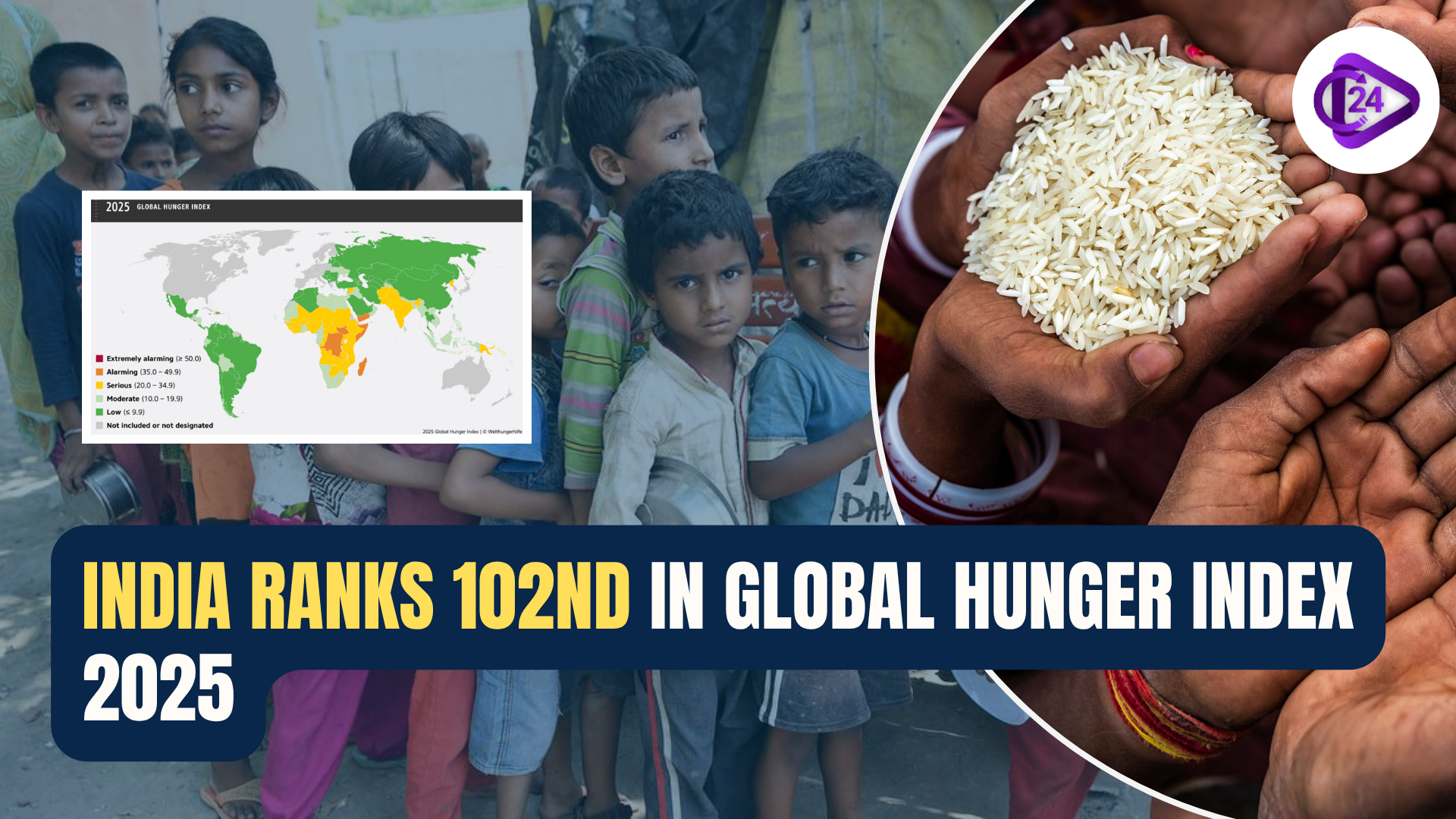
India is 102nd in the Global Hunger Index (GHI) 2025, which indicates current food insecurity and malnutrition. The country has a score of 25.8, which is in the serious category. India is still faced with high levels of child wasting (18.7%), stunting (32.9%), and under-nourishment (12%) despite the economic growth and welfare schemes. The results show that there have been imbalanced developments in the achievement of nutritional security, especially in vulnerable and rural groups. The report has highlighted the necessity to increase policy implementation, access to nutritious food, and specific actions to tackle child malnutrition and maternal health.
Global Hunger Index 2025: Top Performers vs Worst-Hit Countries
-
There is a stark contrast between countries that effectively address hunger and those in crisis, as shown in the Global Hunger Index 2025.
-
Top-performing countries like Finland, Ireland, the Netherlands, and Japan have scores below 5, reflecting the lowest levels of hunger.
-
Countries such as Somalia, South Sudan, Yemen, Chad, and Madagascar have been most affected, with hunger levels reaching alarming or extremely alarming levels.
-
Ongoing war, poverty, and climate change continue to drive food insecurity in these impoverished areas.
Highlights the Global Hunger Index (GHI)
-
Global Hunger Index (GHI) is an initiative initiated in 2006, and is published annually by both Concern Worldwide (Ireland) and Welthungerhilfe (Germany).
-
They are both major global humanitarian organisations based in Dublin and Bonn.
-
India has improved and now it is ranked 102, compared to 105 in 2024, and yet, it belongs to the category of serious hunger.
Conclusion
The position of India as the 102 nd most starving country in the Global Hunger Index 2025 is also a reminder of the necessity of more decisive measures on nutrition, food security, and poverty eradication. Millions of people continue to underfeed, notwithstanding the advancement of welfare plans and agrarian development. Hunger-free India is a goal that can be achieved through long-term policy attention, balanced allocation of resources, and community-based nutrition programs.



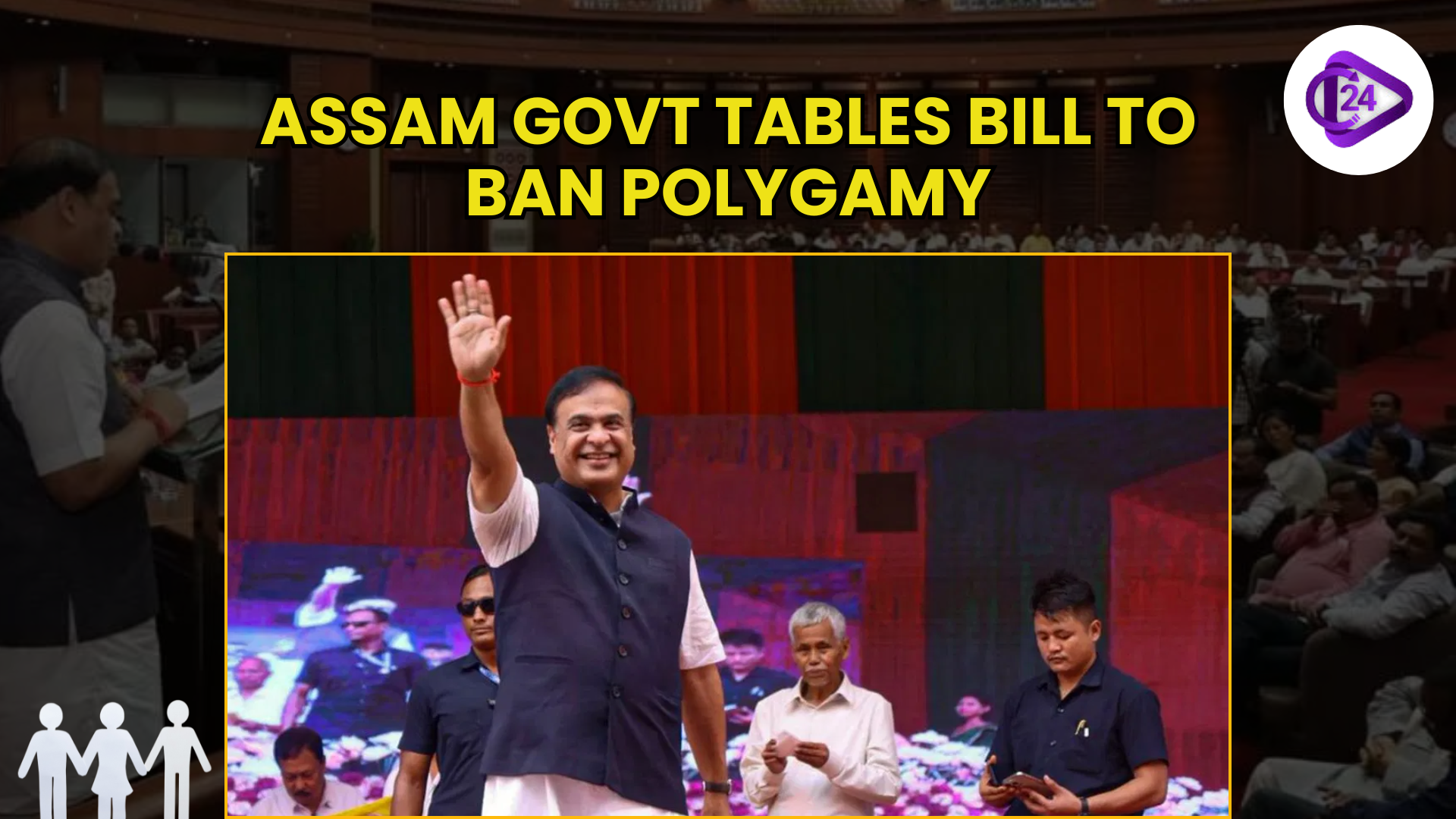 Assam Government Introduces Bill to Ban Polygamy with Strict Penalties
Assam Government Introduces Bill to Ban Polygamy with Strict Penalties Guru Tegh Bahadur Martyrdom Day 2025 A Tribute to Courage and Spiritual Strength
Guru Tegh Bahadur Martyrdom Day 2025 A Tribute to Courage and Spiritual Strength India Pays Tribute to the Birth Anniversary of Rani Lakshmibai
India Pays Tribute to the Birth Anniversary of Rani Lakshmibai Kinnaur’s Raulane Festival Celebrates Nature’s Mystical Guardians
Kinnaur’s Raulane Festival Celebrates Nature’s Mystical Guardians Goa Becomes India’s Leader in Complete Cyber Fraud Response
Goa Becomes India’s Leader in Complete Cyber Fraud Response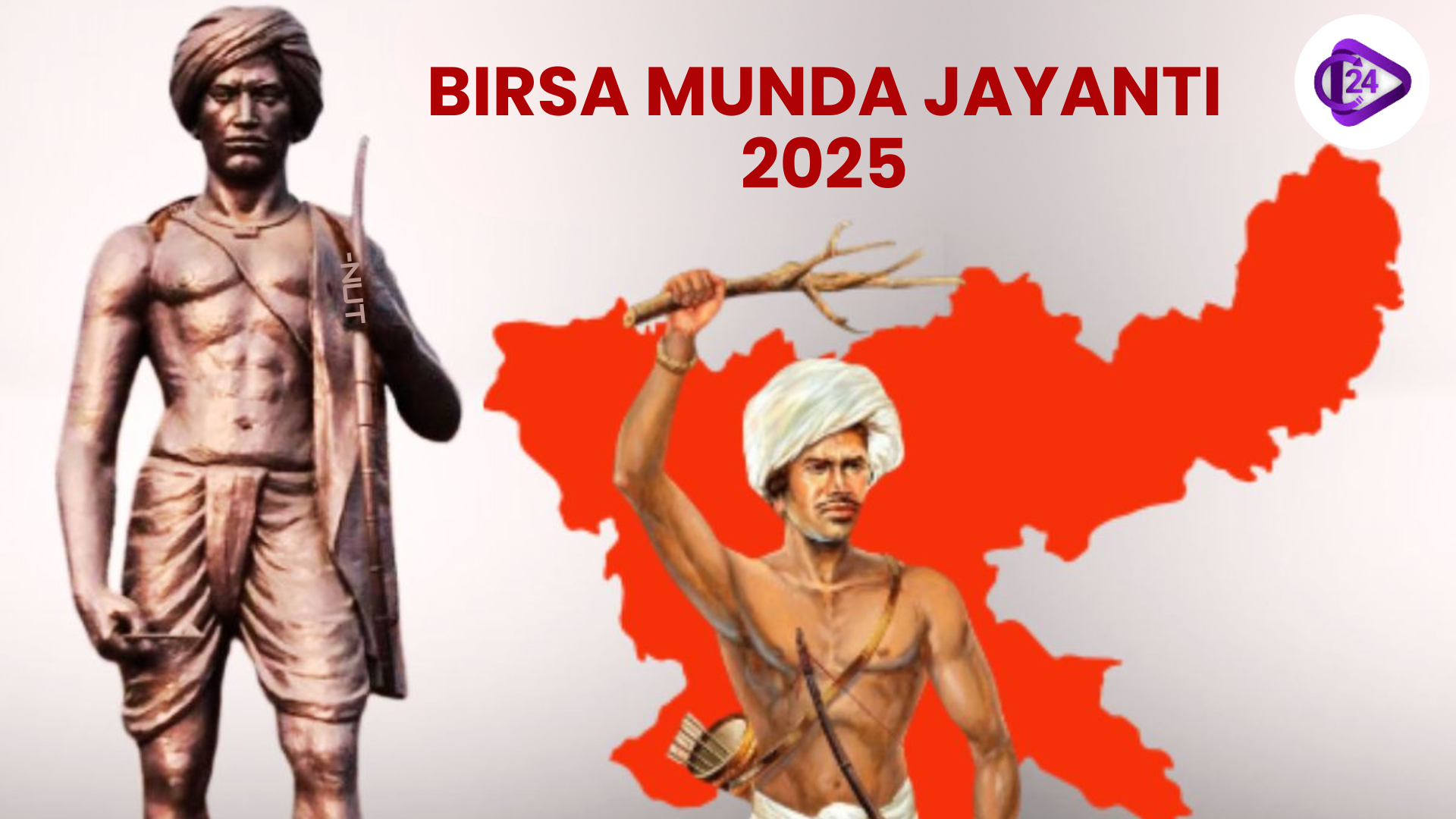 Janjatiya Gaurav Diwas Marks Tribute to Birsa Munda and Tribal Freedom Fighters
Janjatiya Gaurav Diwas Marks Tribute to Birsa Munda and Tribal Freedom Fighters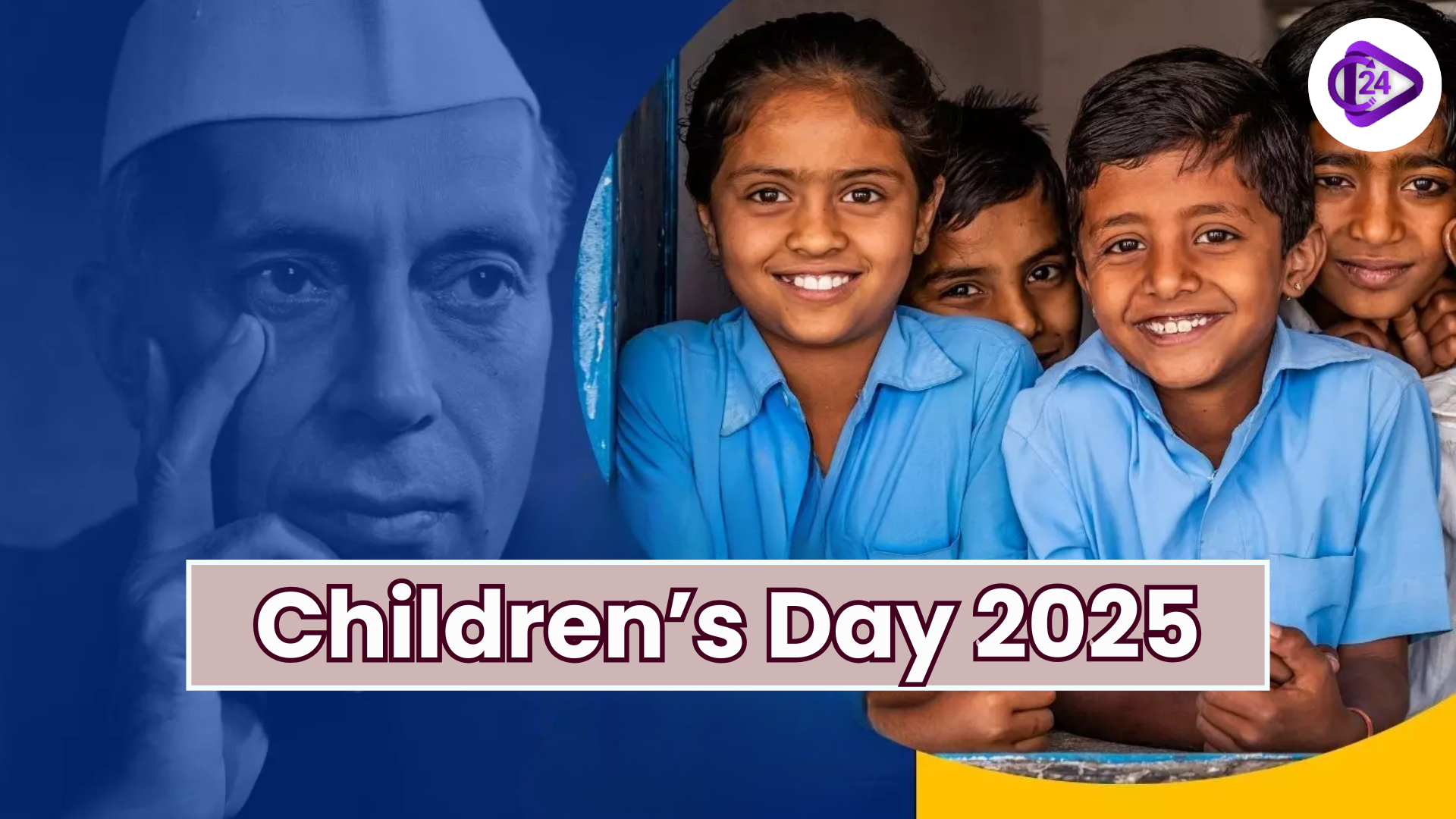 Nehru’s Timeless Words Inspiring Every Child on Children’s Day 2025
Nehru’s Timeless Words Inspiring Every Child on Children’s Day 2025 Punjab Becomes India’s First State to Achieve Complete Implementation of Amended Bharat Net
Punjab Becomes India’s First State to Achieve Complete Implementation of Amended Bharat Net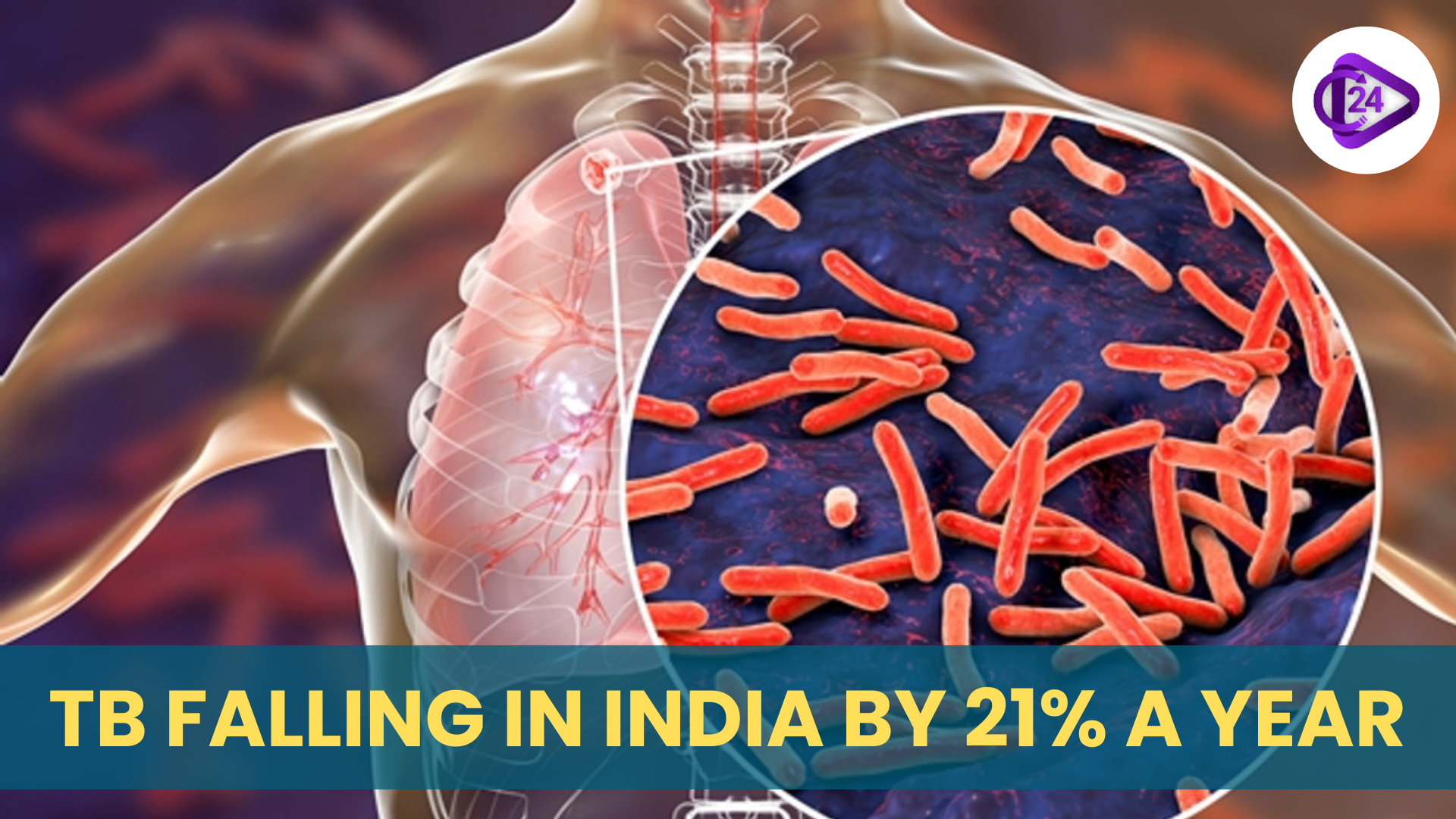 India’s TB Fight Gains Momentum with Sharp Decline and Ongoing Challenges
India’s TB Fight Gains Momentum with Sharp Decline and Ongoing Challenges Belgium & Netherlands Announced as Joint Hosts for 2026 FIH Hockey World Cup
Belgium & Netherlands Announced as Joint Hosts for 2026 FIH Hockey World Cup






